Difference between mite and insect: What bug do I have on my plants?
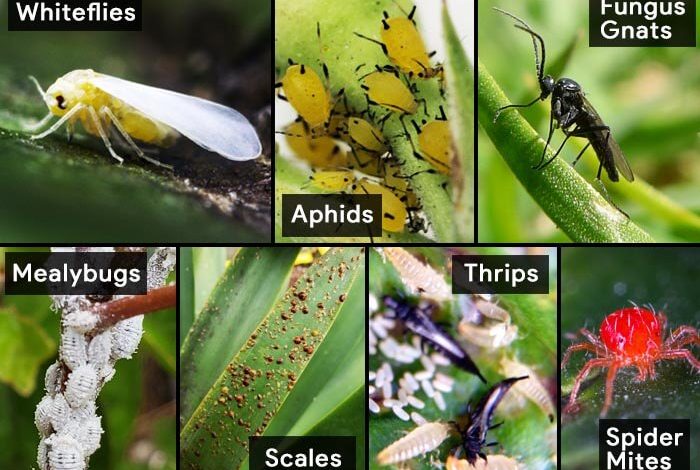
Hello farmers! As good gardeners that we are, we have to learn to differentiate if the bug that we find on our plant is a mite or an insect. In previous articles, we have talked about some of the types of insects that can appear in the garden. Also, we have bred our own beneficial insects. Today’s objective will be to learn to distinguish if we have a mite or insect on the plant in order to subsequently apply an appropriate treatment.
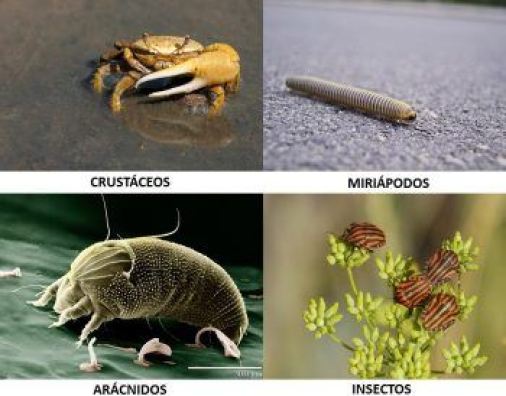
Mite or insect? Similarities and differences
Within the category of arthropod animals, there are several classes: crustaceans (lobsters, crabs, prawns, barnacles,…), myriapods (centipedes, millipedes, symphylans,…), arachnids (spiders, mites, scorpions,…) and insects (grasshoppers, butterflies, flies, beetles,…).
All arthropods (with exceptions) are characterized by having:
- two-sided symmetry
- articulated appendages
- renewable exoskeleton
- The digestive system is tubular
- open circulation
- Malpighian tubes
- tracheas
Therefore, if we speak of a mite or an insect, we speak of arthropods. However, although in both cases their habitat is terrestrial, there are several differences between them. Mites do not have antennae, insects do (a pair). Mites have 4 pairs of legs and insects have 3 pairs. The eyes of mites are simple and the eyes of insects are compound. The feeding of the mites is liquid and that of the insects is varied. Finally, the size of mites is very small (0.1-10 mm) and that of insects is varied.
plant mites
There are approximately 50,000 species of mites, they are one of the oldest land animals… and yet we don’t know much about them! In fact, sometimes we doubt if it is a mite or an insect.
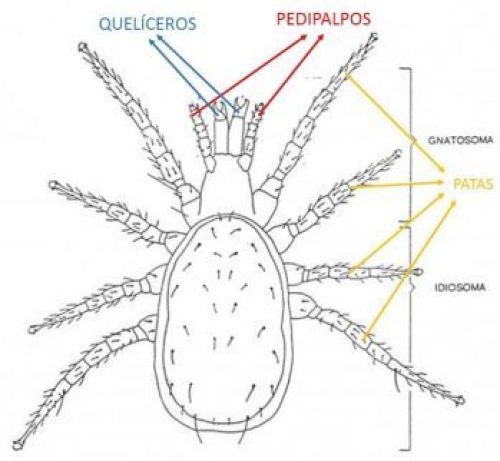
Mite Characteristics
The most characteristic morphological features of mites are:
- 2 central chelicerae. It allows them to manipulate food.
- 2 pedipalps. Depending on the species of mite, they are used to produce silk, to kidnap their prey or to transfer sperm.
- 4 pairs of legs.With the exception of the Eriophyid family that have 2 pairs and 3 pairs in the case of larvae.
Most mites have setae (also known as «setae») throughout their integument. There are two types of silks in mites: solid silks (chemosensory) and hollow silks (tactile). Curiously, thanks to these silks, some mites can be distinguished from others according to their shape. As an excretory apparatus they have the Malpighian tubes.
Reproduction and development of mites
Mites can reproduce sexually or parthenogenetically (without fertilization). Most are oviparous. In general, they have short cycles and, if the environmental conditions are favourable, they reproduce at high speed.
The biological cycle of mites is made up of different stages of development: egg, larva, nymph (2-3 stages) and adult.
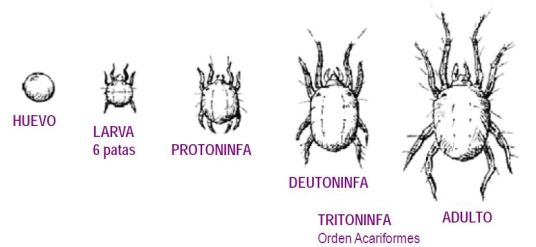
Mite respiration and feeding
The respiration of the mites can be through tracheas or cutaneous (through the skin). As for food, most of the time it is liquid (they have salivary glands and a sucking pharynx) although, exceptionally, it can also be solid.
Depending on the type of food that the mites present, they can be: phytophagous (they feed on plants), predators (they feed on other animals), parasites (they take advantage of a host), coprophagous (excrement), necrophagous (corpses), mycophagous (fungi), hematophagous (blood) or saprophagous (organic matter).
Agricultural importance of mites
Mites are of great agricultural importance. Some of them can be pests: in greenhouses, outdoors, in warehouses, in cheeses, in ham and, in addition, they can transmit pathogens (viruses). Others, on the contrary, can be beneficial: arthropod predators or soil improvers.
An example can be:
- Tetranychus urticae (red spider/yellow spider): mainly affects vines, horticultural or ornamental crops. They are usually located on the underside of the leaves and are identified by having dark spots on the sides and a large number of silks. The color depends on their diet, stage of development and time of year.
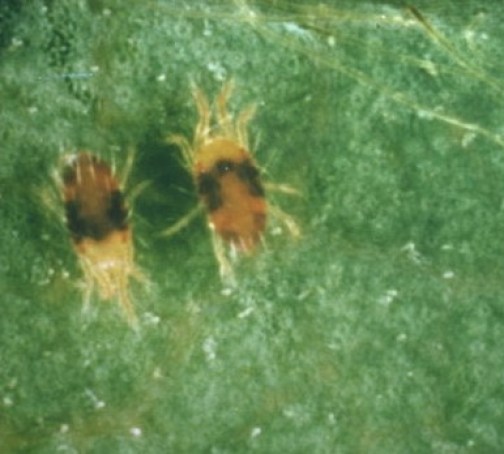
- Panonychus ulmi (red spider of fruit trees): present in pome fruit trees (mainly apple trees). It is red in color and is located on the underside of the leaves in spring. There is also the Panonychus citri, known as the «citrus red spider».
plant insects
Insects make up the most diverse group of animals on the planet, representing more than 90% of life forms. As a curiosity, it is estimated that there are 200 million insects for every human being. Due to this variety, they have very diverse characteristics. Most insects have wings, although there is a small group that are wingless (wingless).
In future articles we will talk about the different types of insects that you can find on your plants (white bugs, green bugs, bugs on the ground,…) and we will give you tips on how to identify them.
References
- Abrol, D., Shankar, U. (2016). Chapter 20 – Integrated Pest Management. Editor(s): Surinder Kumar Gupta. Breeding Oilseed Crops for Sustainable Production,
Academic Press. 523-549 - Gulati, R. (2014). Chapter 21- Eco-Friendly Management of Phytophagous Mites. Editor(s): Dharam P. Abrol. Integrated Pest Management. Academic Press. 461-491.
- Fathipur, Y., Maleknia, B. (2016). Chapter 11 – Mite Predators. Publisher(s): Omkar. Ecofriendly Pest Management for Food Security. Academic Press. 329-366.
We hope this post has helped you to be clear that mites are not insects. We are looking forward to hearing from you about your experiences with these “bugs” on plants. You can send us photos in the comments or propose new articles.
Have a good day agrohuerters

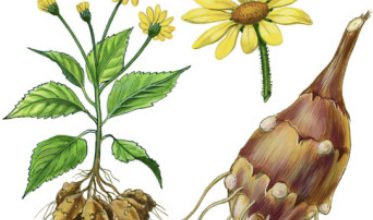
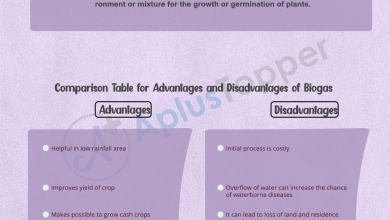
![Photo of How to Plant Lilies in Your Garden or Orchard: [Complete Guide]](https://www.complete-gardening.com/wp-content/uploads/2021/06/azucenas-en-tu-huerto-o-jardin-390x220.jpg)